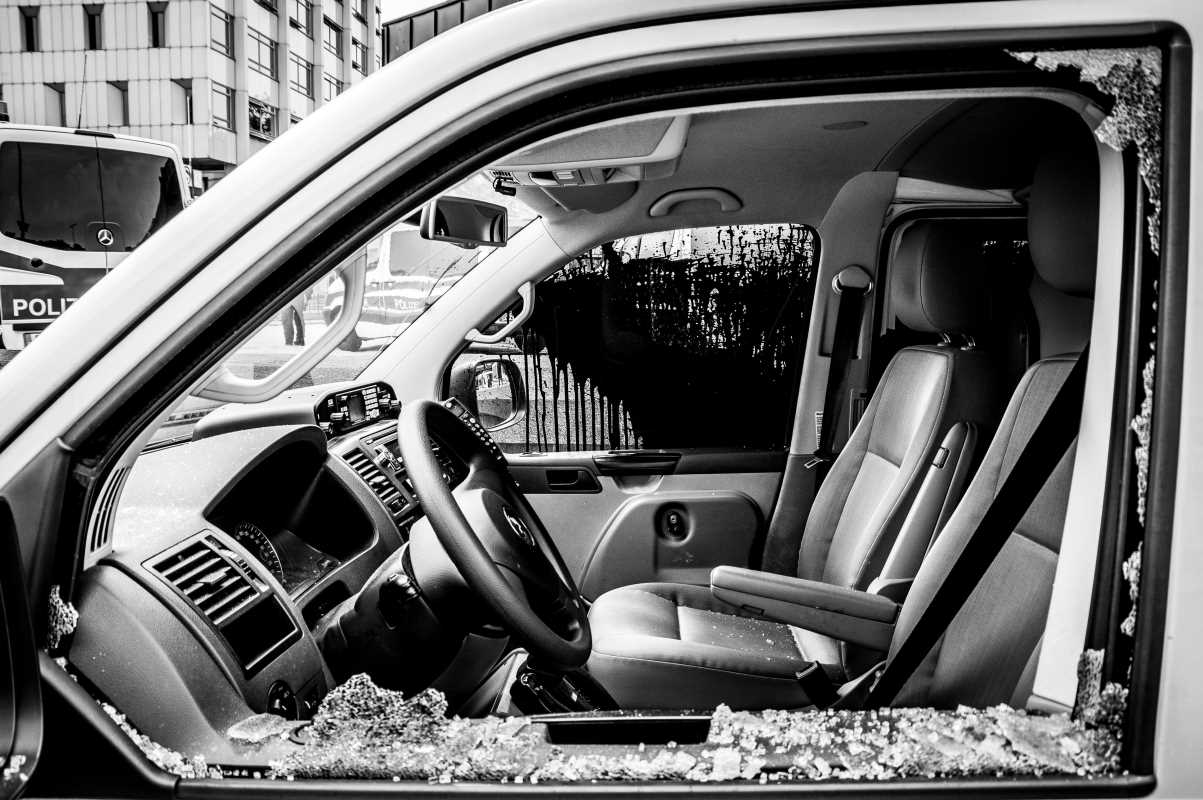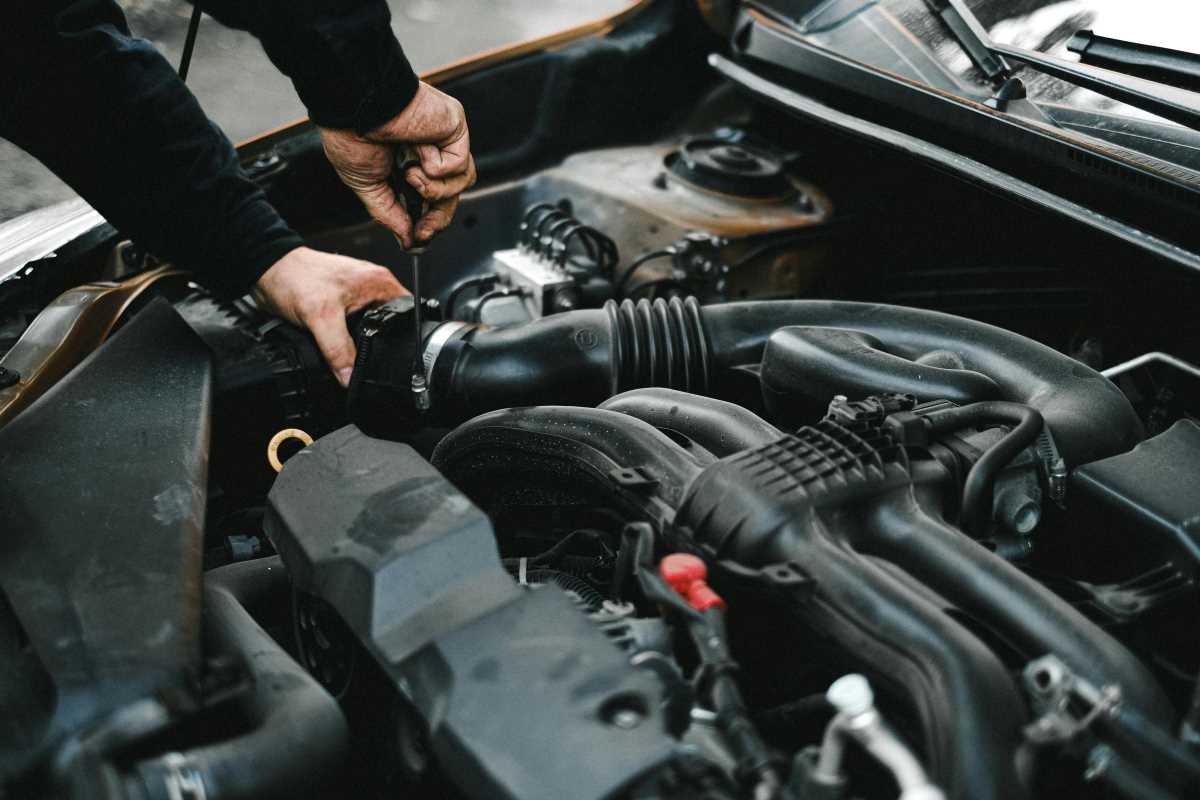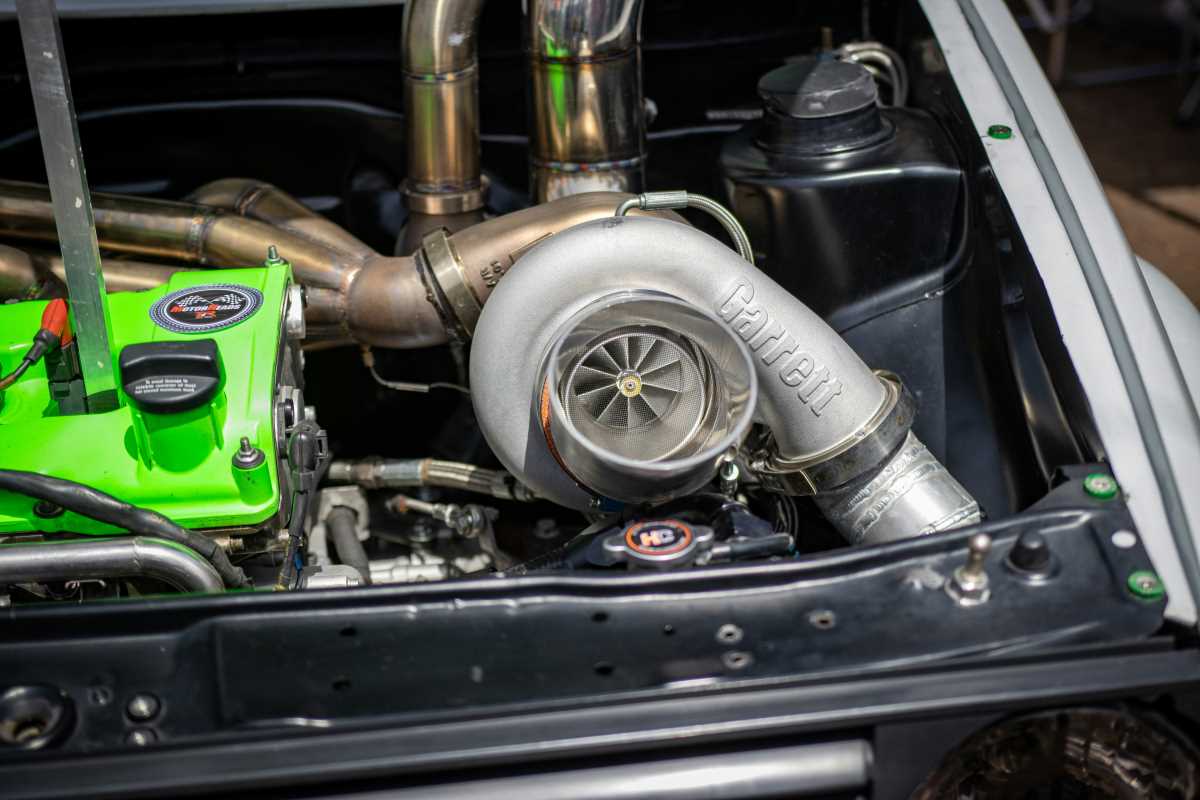Preparing a vehicle for motorsports events requires attention to detail and a solid understanding of both your car’s capabilities and the demands of the track. Careful preparation allows you to get the most out of your car’s performance while keeping safety as your top priority. By following reliable advice and practical steps, you can make sure your car runs smoothly and handles the excitement of race day. This guide walks you through important checks and adjustments, giving you the confidence to enjoy every moment on the track and focus on the thrill of competitive driving.
Knowing Track Requirements and Safety Rules
Before taking your vehicle to a high-speed environment, check local track rules and standards. Find out what the event organizers expect and understand the safety guidelines in place so you stay informed and ready to handle any situation. Keeping yourself updated with these rules helps you avoid potential fines and, more importantly, keeps your drive safe and enjoyable.
Review the rules of the specific track where you plan to race. Find out about required safety gear, vehicle modifications that might be necessary, and any mandatory inspections. This careful check prevents last-minute surprises and gives you the confidence to enjoy the track.
- Make sure your vehicle meets the required safety standards.
- Review the track's rules on tire types and modifications.
- Check guidelines for on-track behavior and time limits.
- Ensure you have proper documentation like registration and insurance.
- Review any mandatory equipment lists provided by the event.
Performing Pre-Track Mechanical Checks
Before you hit the circuit, verify that every major part of your vehicle works properly. Start by inspecting the tires, brakes, and engine components. These checks help prevent safety issues and improve your track performance. Performing simple maintenance now can save you from costly repairs during an event.
Follow this step-by-step list to carry out a thorough check-up:
- Check the tire pressure and tread for wear and damage.
- Inspect the brakes for proper pad thickness and responsiveness.
- Review fluid levels including oil, coolant, and brake fluid.
- Examine belts, hoses, and connections for any signs of wear.
- Test the battery and electrical connections for reliability.
- Ensure the suspension system is properly aligned and functioning.
Preparing Your Vehicle’s Interior and Safety Equipment
Getting comfortable with your vehicle’s interior and making sure you have the best safety gear can make a big difference on the track. Ensure the seats, harnesses, and pedals provide the right support. Adjust your mirrors and controls until you feel completely in control of your car during high-speed maneuvers.
Your safety gear should include a certified helmet, gloves, and racing suit that fit well. When choosing gear for a track day, check that every piece of equipment meets the latest safety standards. Proper preparation increases safety and boosts your confidence on the circuit.
Enhancing Vehicle Performance for the Track
Adjusting your vehicle's performance involves more than just engine tweaks. A well-balanced car with optimized aerodynamics and handling can improve your racing experience. Start by revisiting your car's alignment and suspension settings. Each component significantly affects stability and cornering ability. Ignoring minor adjustments could prevent you from experiencing a smoother, faster ride.
Pay attention to small details like replacing worn brake pads, upgrading the exhaust system, or swapping out stock tires for performance tires. Make sure your vehicle’s systems work together seamlessly. This harmony between mechanical parts improves your car’s responsiveness and gives you an advantage on the track.
Packing Tools and Track-Day Supplies
Being prepared for unexpected situations is essential to stay ready for the track. Pack a kit that includes basic repair tools, inspection equipment, and comfort items. You don’t want to find yourself in a tough spot without the right tools. Focus on efficiency and portability when assembling your gear bag.
Consider bringing extra fluids, spare tires, and an emergency repair kit. When researching vehicle prep techniques, you can learn about additional tools that racers always carry. This preparation ensures you have everything you might need if you encounter any issues during your track day.
- A portable tool kit with screwdrivers, pliers, and wrenches
- Extra fluids such as oil, coolant, and brake fluid
- A tire repair kit and spare tire
- Emergency contact numbers and a first-aid kit
- Basic electrical repair tools like fuses and spare bulbs
Final Checks Before Hitting the Track
Before you start racing, run through a final checklist to ensure nothing gets overlooked. This quick review gives you a last-minute security boost and helps everything work as planned. It also smooths your transition into the adrenaline-filled environment of the circuit.
Take a moment to complete this final review right before heading onto the track:
- Confirm all mechanical checks and gear pack items are completed.
- Verify that all safety equipment is secured and fits properly.
- Ensure your vehicle’s fluid levels stay optimal.
- Double-check that your tire pressures and alignment remain within the recommended ranges.
- Make sure you have the track’s schedule, rules, and emergency contacts ready.
Every second spent on the track reflects thorough preparation and solid checks. Following these steps ensures that every part of your vehicle and gear meets high standards and safety protocols.
This final review lets you set aside concerns and focus on an enjoyable session with confidence on the circuit.







